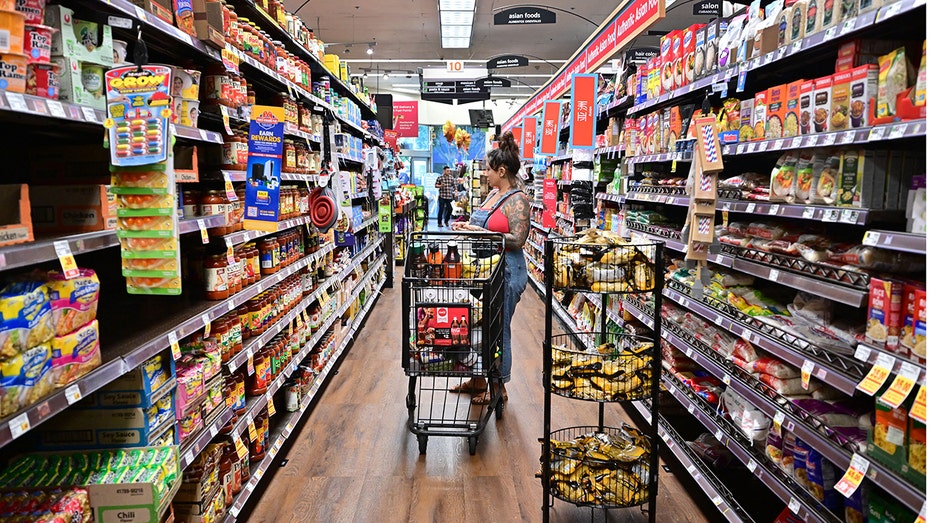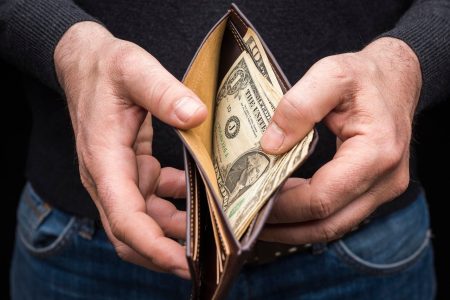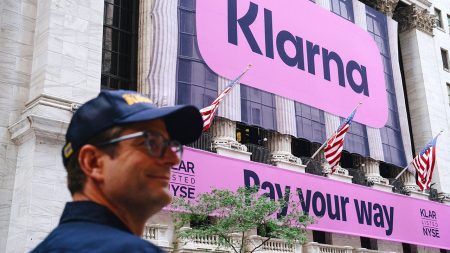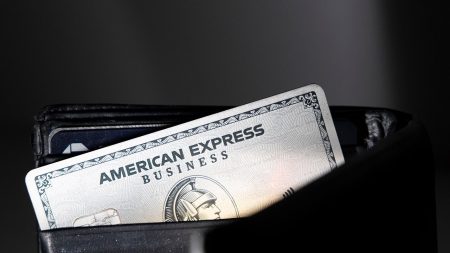A growing number of Americans are falling behind on their monthly credit card payments as they continue to battle high inflation and interest rates.
New data published by the Federal Reserve Bank of Philadelphia shows that credit card delinquency rates in the first quarter of 2024 rose to the highest level since 2012, when the Fed began tracking the data. All stages of credit card delinquency — 30, 60 and 90 days past due — rose during the first three months of the year.
The proportion of card balances that were more than 60 days past due at the end of March climbed above 2.5%, more than double the lows seen during the COVID-19 pandemic when huge amounts of government stimulus helped keep Americans afloat.
BOSSES ADMIT THAT RETURN-TO-OFFICE MANDATES WERE MEANT TO MAKE STAFF QUIT
The number of total credit cards dipped during the first quarter, in line with seasonal trends, but total revolving balances hit a record $628.6 billion. Revolved balances as a share of total outstanding balances are now at 71%, the highest level since 2021.
Researchers also noted that “account holders who are behind have larger balances left unpaid.”
FED’S POWELL SAYS OFFICIALS WON’T WAIT UNTIL INFLATION REACHES 2% TO CUT RATES
The rise in credit card usage and debt is particularly concerning because interest rates are astronomically high right now. The average credit card annual percentage rate, or APR, has been holding steady at 20.71% this week, according to a Bankrate database that dates back to 1985.
If people are carrying debt to compensate for steeper prices, they could end up paying more for items in the long run. For instance, if you owe $5,000 in debt — which the average American does — current APR levels would mean it would take about 279 months and $8,124 in interest to pay off the debt making the minimum payments.

The rise in delinquencies comes after the Federal Reserve raised interest rates sharply in 2022 and 2023 to a two-decade high in order to crush inflation and cool the economy.
Policymakers have signaled they expect to cut interest rates soon as inflation continues to trend downward. Investors expect policymakers to make the first reduction as soon as September.
Although inflation has cooled considerably in recent months, it remains up 3% compared with the same time one year ago, according to the most recent Labor Department data.
The inflation spike has created severe financial pressures for most U.S. households, which are forced to pay more for everyday necessities like food and rent. The burden is disproportionately borne by low-income Americans, whose already-stretched paychecks are heavily affected by price fluctuations.
Read the full article here









